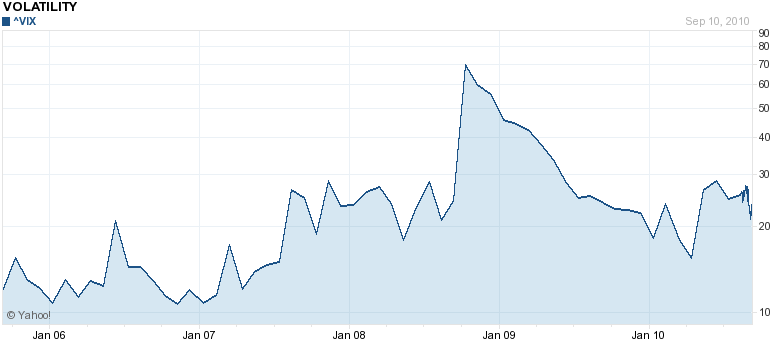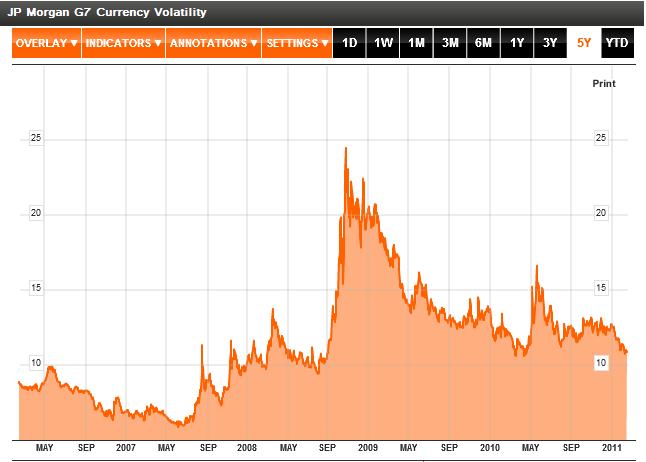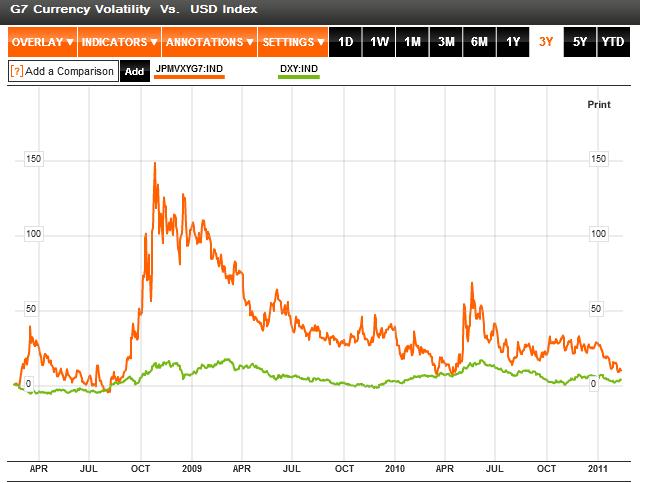
LONDON — Stung by souring loans and troubled government bond portfolios, many European banks are being forced by regulators to raise money to build up their cash cushions against future losses.
That includes Santander, the Spanish banking giant that European regulators say has the biggest capital hole to fill: at least 15 billion euros.
So why, then, is Santander still planning to pay its shareholders 2011 dividends worth at least 2 billion euros in cash and even more in stock? That question goes to the heart of the economic challenge that Europe faces in the year ahead. A combination of government austerity, and the imposition of bigger capital safety cushions that are leading banks to retrench, seem all but certain to plunge the Continent back into recessionless than three years after emerging from the last one.
But many banks are taking actions that will only intensify the blow. To preserve their allure as global brands, while trying to compensate for their battered share prices, big European banks like Santander remain intent on maintaining rich dividend payouts to shareholders. At the same time, they are selling assets, curbing lending and taking other belt-tightening measures to satisfy regulators’ demands for more capital.
“Our dividend is a sign of our expected future profits,” said José Antonio Alvarez, the chief financial officer of Santander. “Unless our expectations change we try not to cut the dividend.”
Santander, though by many measures the most generous, is not the only bank paying dividends as it scrambles to raise capital.
Its rival, the Spanish lender BBVA, plans to pay out nearly half its profits to shareholders, despite being under regulators’ orders to raise 6.3 billion euros in capital. To a lesser but still significant extent, Deutsche Bank and BNP Paribas will also be paying out dividends as they try to take in money to build their capital cushions.
All this is a sharp contrast to the way capital-short banks in the United States slashed dividends to conserve cash during the depths of the financial crisis that followed the Lehman Brothers collapse in 2008. The American government also injected cash into the banks, as Britain did with its weaker institutions.
So far, European governments have shown no inclination to do likewise for their banks. And critics say the contrast with the American experience shows how much European regulators are out of step, or even out of touch, with the banks they supervise — with potentially disturbing ramifications for the European economy.
“I do not think Europeans understand the implications of a systemic banking crisis,” said Richard Koo, the chief economist at the Nomura Research Institute in Tokyo and an expert on the financial stagnation in Japan in the 1990s. “When all banks are forced to raise capital at the same time, the result is going to be even weaker banks and an even longer recession — if not depression.”
A paper Mr. Koo wrote on the subject has gone viral on the Web, with many picking up on his recommendation that the banking crisis will not be solved until European governments inject large amounts of money into their banks.
“Government intervention should be the first resort, not the last resort,” Mr. Koo said in an interview.
There is little doubt that European banks need shoring up right now. That fact was made clear Wednesday, when 523 banks tapped the European Central Bank for a record 489 billion euros (nearly $640 billion) in loans. Compared with their American peers, they have been much more dependent on borrowing in recent years to finance their lending binges.
On average, European banks’ loan books exceed their deposits by 1.2 times. In the United States the average loan-to-deposit ratio is 0.70. The upshot is that it will probably take much longer for Europe’s banks to unwind their bad loans and debt than it has for American banks.
The European Banking Authority, after a third round of stress tests in October, has ordered Europe’s fragile banks to raise more than 114 billion euros in fresh cash in the next six months. By June 2012, the region’s financial institutions will need to increase their so-called core Tier 1 capital ratio — the strictest measure of a bank’s ability to resist financial shocks — to 9 percent of assets.
That ratio, higher than the 5 percent preliminary target that the Federal Reserve set for American banks this week, reflects the acute capital strains that European banks are facing.
Regarding www.skoptionstrading.com. Our portfolio has now generated a profit of 374.43% since inception and we hope to keep it going that way next year.
Please be aware that discussions are taking place regarding an increase in the price for this service for new members, so if you are thinking about joining us, then do it sooner rather later in order to avoid this additional expense.
Our model portfolio is up 384.33% since inception
An annualized return of 94.73%
Average return per trade of 36.42%
93 completed trades, 86 closed at a profit
A success rate of 92.47%
Average trade open for 49.25 days

So, the question is: Are you going to make the decision to join us today














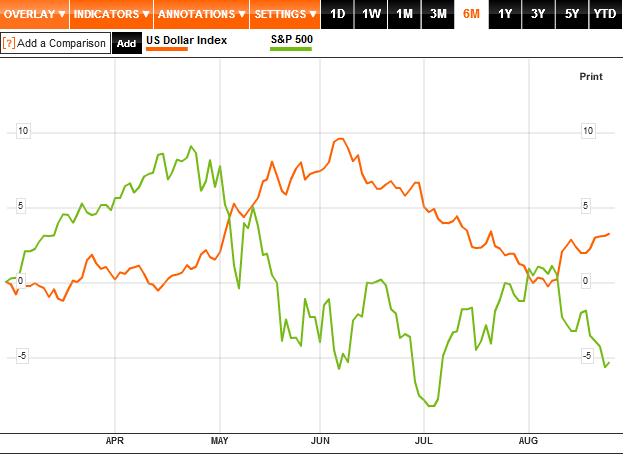
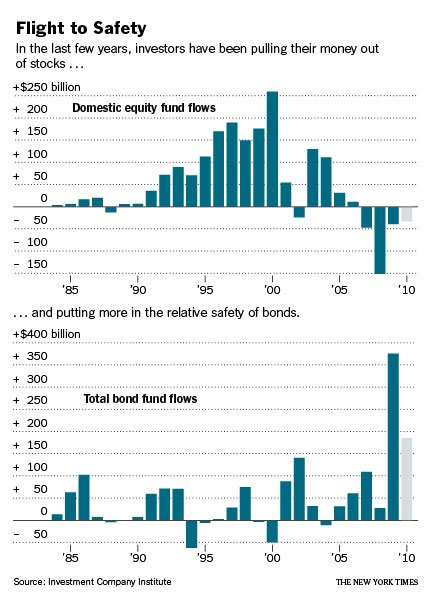
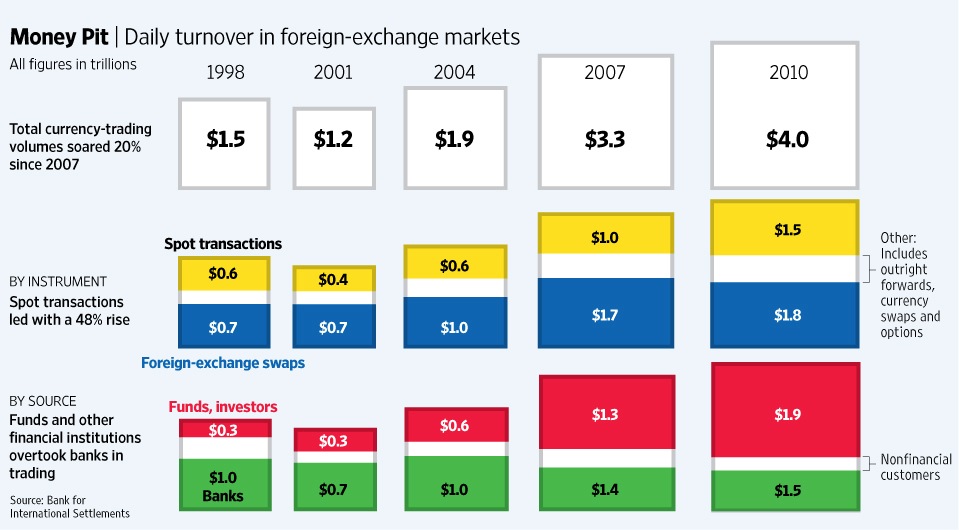
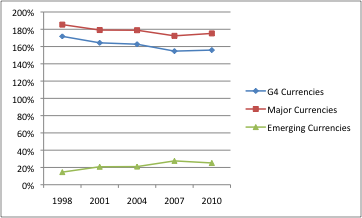
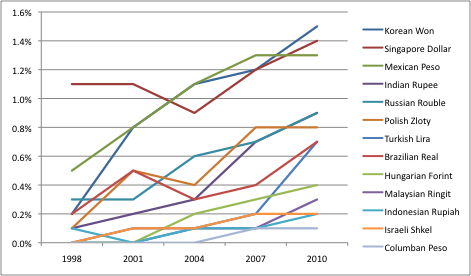
 I’m sure serious technical analysts are rolling their eyes at the chart above, but the point stands that trend-following has never been easier and rarely more profitable than it is now. One fund manager summarized, “Trend-following investors are capturing the momentum in several big currency moves. You have so much uncertainty in the world now with regard to inflation or deflation, which typically makes currency markets and interest rates move. That is good for trend followers as it causes volatility, which typically creates good profits.” In other words, there is a tremendous amount happening in forex markets at the moment, and this is reflected in protracted, deep moves in currency pairs, which can change direction without notice and yet continue moving the opposite way for just as long. If you think this sounds obvious, look at historical data (5-10 years) for the majority of currency pairs: while trends have always been abundant, it was only recently that they began to last longer and became more pronounced.
I’m sure serious technical analysts are rolling their eyes at the chart above, but the point stands that trend-following has never been easier and rarely more profitable than it is now. One fund manager summarized, “Trend-following investors are capturing the momentum in several big currency moves. You have so much uncertainty in the world now with regard to inflation or deflation, which typically makes currency markets and interest rates move. That is good for trend followers as it causes volatility, which typically creates good profits.” In other words, there is a tremendous amount happening in forex markets at the moment, and this is reflected in protracted, deep moves in currency pairs, which can change direction without notice and yet continue moving the opposite way for just as long. If you think this sounds obvious, look at historical data (5-10 years) for the majority of currency pairs: while trends have always been abundant, it was only recently that they began to last longer and became more pronounced.